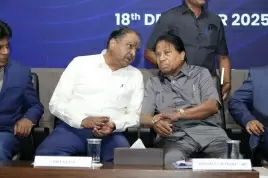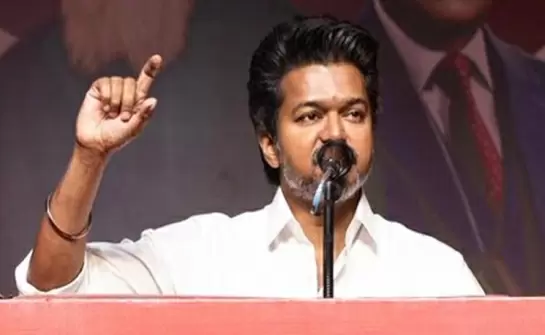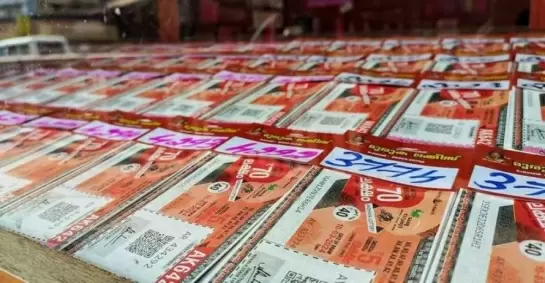India can fight the global war against climate change through energy-internet
10-January-2015
Vol 6 | Issue 2
A century back, on January 9, Mahatma Gandhi made his determined journey to India with a singular goal to Make in India. He wanted to make in India a movement of freedom from foreign oppression, discrimination, and social apartheid. The capital needed for this was in the form of bold assets of non-violence and civil disobedience.
Speaking on Independence Day August 15, 2014 from the ramparts of New Delhi's historic Red Fort, Prime Minister Narendra Modi launched his equally historic and rousing Make in India campaign. His venture capital in launching this movement is in the form of India’s unique demographic dividend - the youth that constitute 65 percent of its population.
.webp) |
|
Green Power should power ‘Made in India’ mission (In Photo, a fully lit up Howrah Bridge in Kolkata.) Photo: IANS
|
The timing of the campaign is the most promising and opportune. The last time India arrived on the world scene with its technological supremacy was in late 1990s when software engineering crews of India created their back-office hives to help digitally managed businesses of the West.
That was a Make from India campaign! Those hives and their verticals and scale-ups are now over-dripping into the national treasury a stream of honey of $125 billion, of which exports are nearing $100 billion.
The role of the Indian diaspora in India’s transformation into a digital world had been crucial. Their vast networks with corporate houses, their elite image, well groomed expertize and their financial muscle-power helped Indian companies make inroads in the US and in European markets.
Once again India has a unique opportunity for yet another transformation. India reminded the world of its brain-power by taking lead in resolving Y2K bug at the dawn of this millennium.
We now can remind the world of our belief in nature-power to address the defining challenge of this century - climate change. By turning Make in India into Make in India with Green Power, we can create a win-win situation. The role of the diaspora in moving forward with sustainable development by using renewable energy will again be crucial.
The renewable energy revolution is literally round the corner. For last more than five years renewable energy has been part of an amazing story all over the world. It is the only energy sector where investment and installed capacity have consistently grown with surprisingly steep rates even during the global financial crisis that began in 2008 and is still casting gloom.
From 2008 to 2013, as per United Nations Environment Programme (UNEP), electricity produced from solar PV cells has grown at an average roaring 39 percent. Investment in clean energy is $275 billion, at least 10 percent better than in 2013. A whooping 44 GW of solar PV added in installed capacity worldwide in 2014 is 10 percent more than in 2013.
Nearly 50 GW of wind turbines have been installed, up from 32 GW added in 2013. Sales of electric vehicles have increased by 50 percent. The International Energy Agency chief has shown that solar energy could become the first source of electricity in the world before 2050.
Going by its report, the World Energy Outlook 2014, renewable sources should in 2040 dethrone coal as a primary source of electricity, the cost and variability in availability of solar and wind energy is no longer considered an insurmountable obstacle.
Decoupling fossil fuel based energy generation from the present growth model would bring inclusive, fair, equitable and the sustainable growth that recognizes the value of ecosystems and respect for the Sun and Mother Earth. That indeed was the foundation on which our ancient Vedic science and technologies were built on.
Labeling the products Made in India with Green Power would once again demonstrate India’s scientific legacy that values the ecosystems. Indians can create unique model for addressing freedom from poverty, inequality, and impacts of climate change.
Will the use of green energy, generated from renewable sources, be really sufficient enough for the Make in India campaign? Abundant availability of solar and wind energy coupled with India’s proven soft power is poised to ensure that it green energy is not a distant dream.
The ability of communities in India to take bold initiatives has not been fully harnessed.
Communities of residents, farmers, self-help groups, SMEs and corporate houses can come together to build solar PV electricity generation plants on rooftops of every building, on the arid land around villages, unused land of farmers, on the long routes of irrigation water canals (as is done in Gujarat), on railway and bus stations, on factory shades, corporate houses, government buildings and even parking places.
These micro-power plants could then be ‘wired’ to develop the community grids - an energy internet - that would provide electricity for self-use, with the surplus being sold to the grid for commercial purposes.
Deploying an affordable and efficient storage technology to enable the stocking of electricity can resolve the problem related to cloudy days when solar energy is inadequate and quiet days when wind energy is not generated.
Such storages could be based on the present technology of using nano-technologies or storing hydrogen produced by water electrolysis using solar energy. When millions of buildings are generating small amounts of electricity locally, on-site, they can sell the surplus to the grid and share electricity with their neighboring communities.
Is this a utopian road map? Jeremy Rifkin, political scientist and technology forecaster who is a promoter of the lateral energy-network concept, is already assisting Germany to implement similar plans. Twenty million Germans (25 percent of the population) have chosen to be off-grid and generate their own electricity. Half of the electricity in Germany, a country known for its cloudy weather, is by solar energy.
Nearly 10,000 farms in the US also harvest renewable energy along with maze and wheat in their farms. They use renewable energy for their own agricultural operations and extra electricity is sold in the grid-market to earn money.
Many of the 25 million Indian diaspora, spread over 180 countries have the potential to contribute to the Make in India with Green Power campaign by providing their expertise.
Venture capitalists like Vinod Khosla and Kanwar Rekhi could promote manufacture of efficient solar cells and storage technology; software honchos like Satya Nadella and Sabeer Bhatia could develop the energy-internet and finance experts like Vikram Pandit could provide a financial road map.
The last diaspora-driven transformation was seen when the European diaspora in America helped Europe rise from ashes after World War II. India has chance to be the first in using the diaspora’s potential to fight the global war against the climate change through the energy-internet.
(Rajendra Shende, an IIT alumnus, is chairman of the TERRE Policy Centre and a former director of the UNEP. He tweets at @rajendrashende) - IANS















